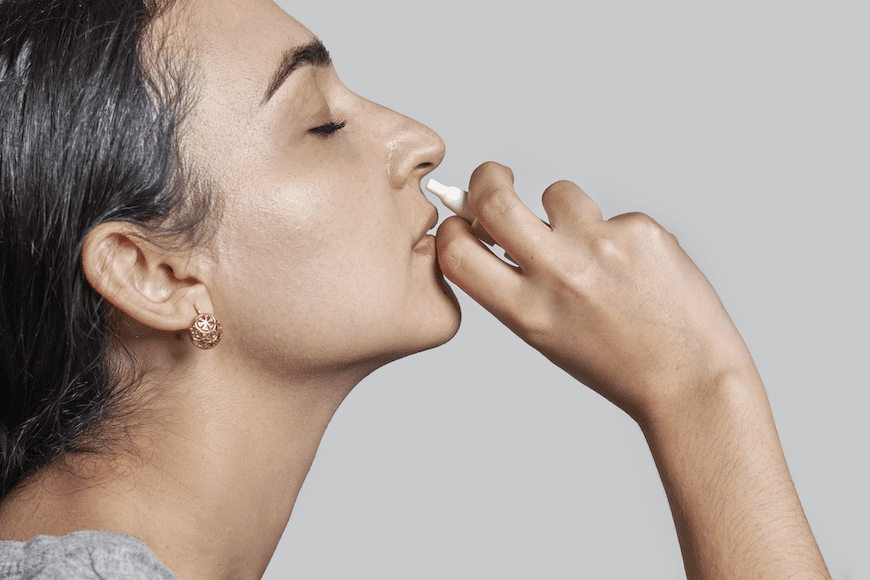Soon, medical professionals will be able to conduct a quick brain scan to determine the best treatment for depression.
New Stanford research – appearing in Nature Medicine – suggests that advanced brain imaging, paired with artificial intelligence, can identify multiple distinct biological subtypes of depression, or “biotypes.” This breakthrough can help caregivers determine the most effective treatment options based on each biotype.

The research, led by Leanne Williams, MD, a professor of psychiatry and behavioral sciences and director of the university’s Center for Precision Mental Health and Wellness, represents a leap forward in precision psychiatry. This approach strives to tailor mental health treatment to the specific needs of each patient, rather than relying on a more generic, traditional method.
The research paper’s results could revolutionize how psychiatrists treat the estimated 30 percent of depression patients resistant to legacy therapies.
“The goal of our work is figuring out how we can get it right the first time,” Williams said in a press release. “It’s very frustrating to be in the field of depression and not have a better alternative to this one-size-fits-all approach.”
Methodology
The researchers examined the brain activity of more than 800 patients who’d received an anxiety or depression diagnosis via functional MRI (fMRI) scans. They scanned the volunteers’ brains at rest and when they were engaged in different tasks designed to test their cognitive and emotional functioning. The scientists narrowed in on regions of the brain, and the connections between them, that they already knew played a role in depression. By leveraging cluster analysis, Williams and her team isolated six distinct brain activity patterns linked to different depression types.
The researchers then connected each of these biotype to the effectiveness of various treatments.
For example:
- One biotype, characterized by overactivity in the cognitive areas of the brain, responded well to the antidepressant venlafaxine (Effexor).
- Another, associated with high activity in problem-solving areas, showed greater improvement with behavioral talk therapy.
- And patients with a third biotype, identified by lower activity in brain regions that regulate attention, appeared to benefit less from talk therapy.
These revelations don’t just help us better understand the biological intricacies behind depression. They also exposed a way to tailor treatment strategies to each patient.
Part of a Larger Research Campaign
In a related study, Williams and her associates uncovered evidence that fMRI brain imaging could improve the accuracy of predicting which patients would respond to antidepressants, particularly for those with the “cognitive biotype” of depression. By using fMRI, the researchers could predict treatment success with 63 percent accuracy. That’s compared to a 36 percent success rate without brain imaging.
In additional research, published in Nature Mental Health, Williams’ team explored the potential of transcranial magnetic stimulation (TMS) as a treatment for the cognitive biotype. The study found that after 30 daily sessions of TMS, veterans with this biotype showed notable improvement in brain connectivity and cognitive control. And most benefits appeared within the first five days of treatment.
Looking Ahead
The study’s findings offer hope for more targeted and effective treatments for depression, potentially reducing the protracted process of trial-and-error in antidepressant prescriptions. Williams and her team are broadening their research to include more participants and a wider range of treatments across biotypes.
As precision psychiatry progresses, integrating brain imaging into clinical practice could soon become standard practice, helping caregivers prescribe treatments more likely to work the first time. Such efficiency could ultimately improve patient outcomes and reshape the way we handle depression.
Further Reading
Can an Apple a Day Keep Depression Away?
New Study Confirms Causal Link Between Poverty and Mental Illness
Barriers to Esketamine Nasal Spray Treatment Among Adults With Treatment-Resistant Depression



